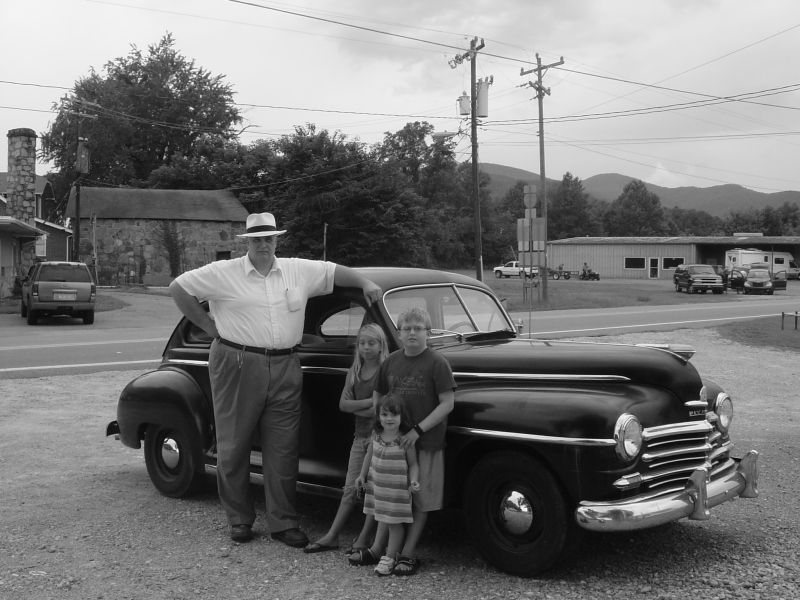- Messages
- 11,579
- Location
- Covina, Califonia 91722
The Capone's Caddy i have seen a Capone owned car at the auto museum at the Imperial Palace. That was a great dieversion for Las Vegas. You could find discounts or sometime free tickets to the auto museum. Wonder if it is still there?



